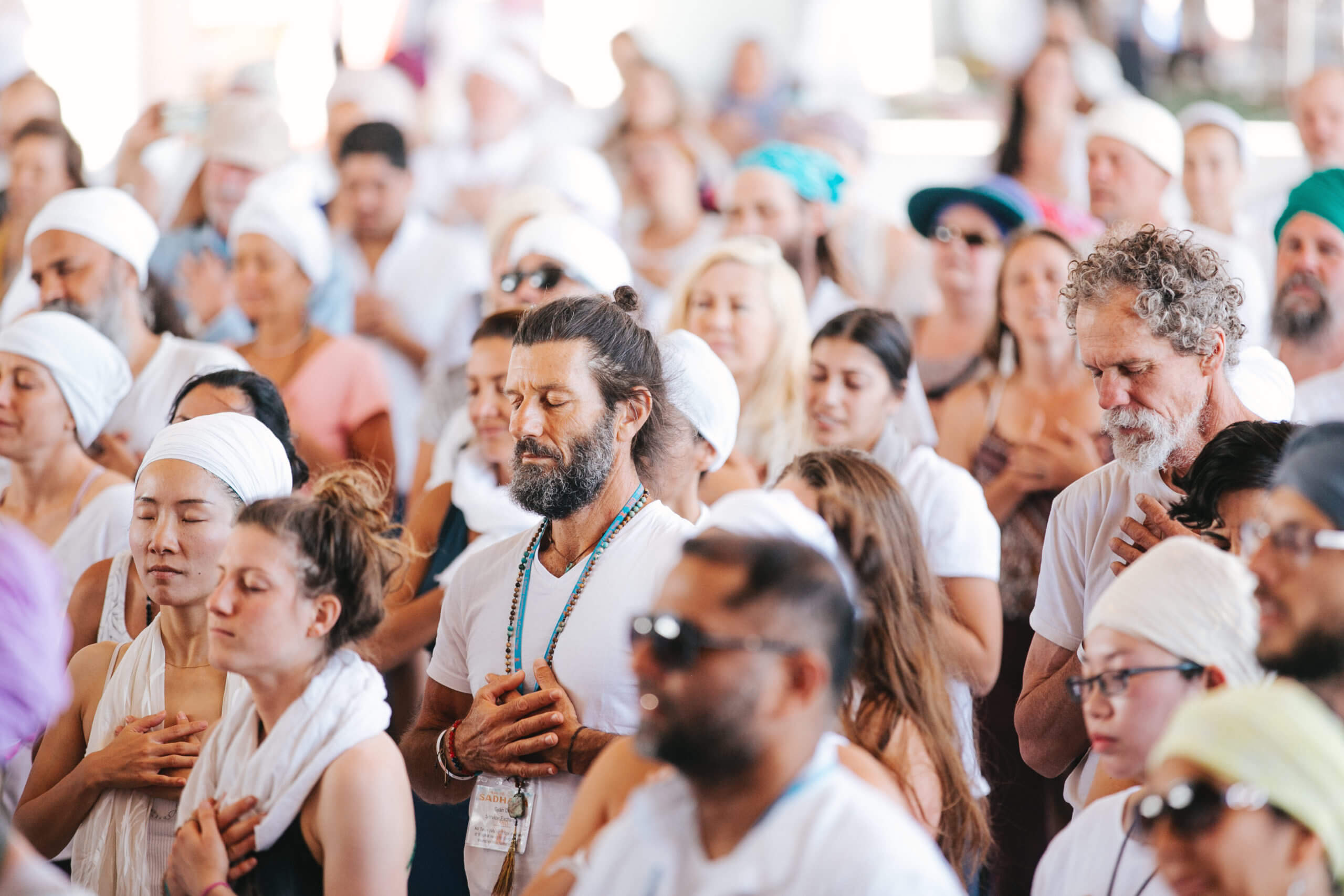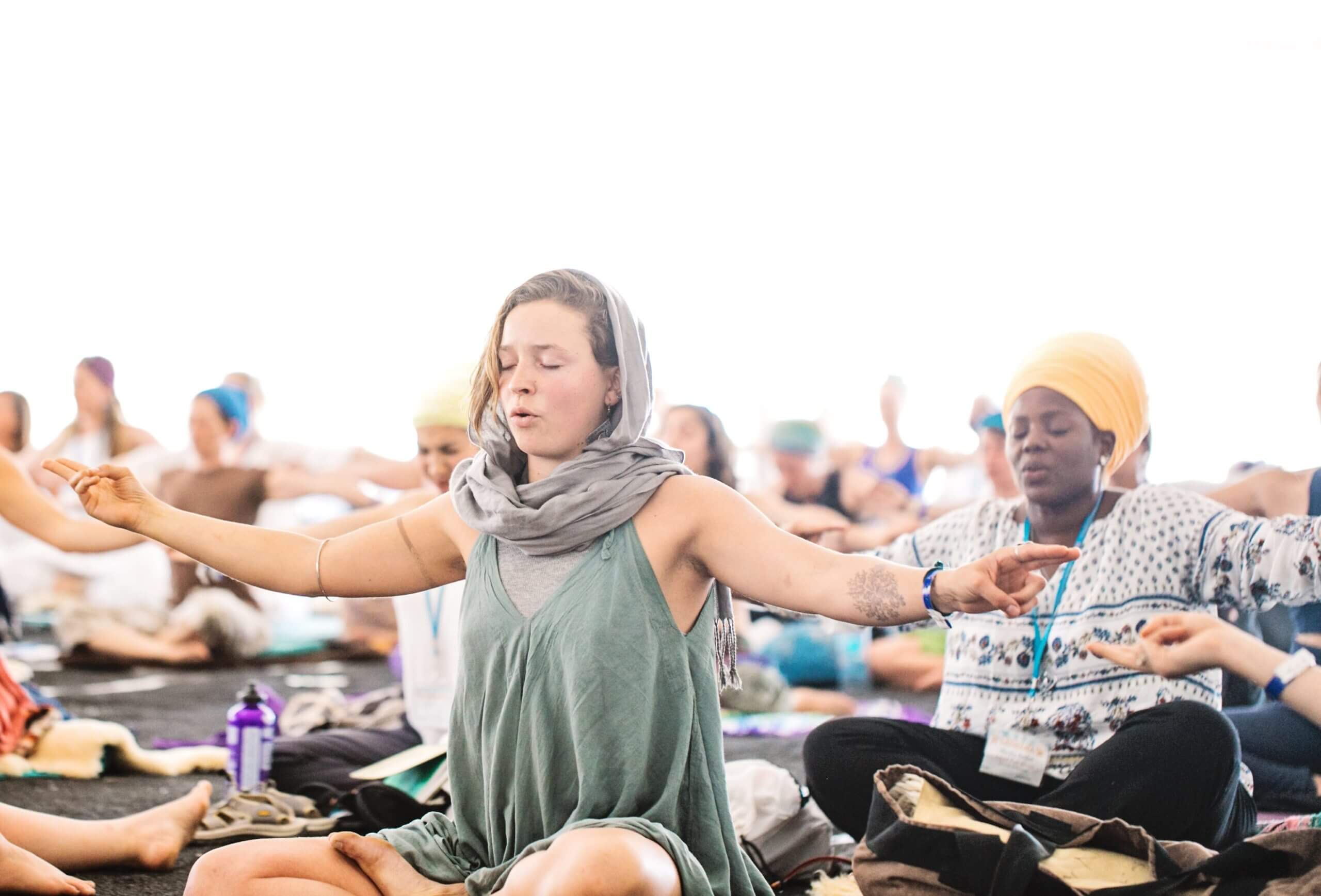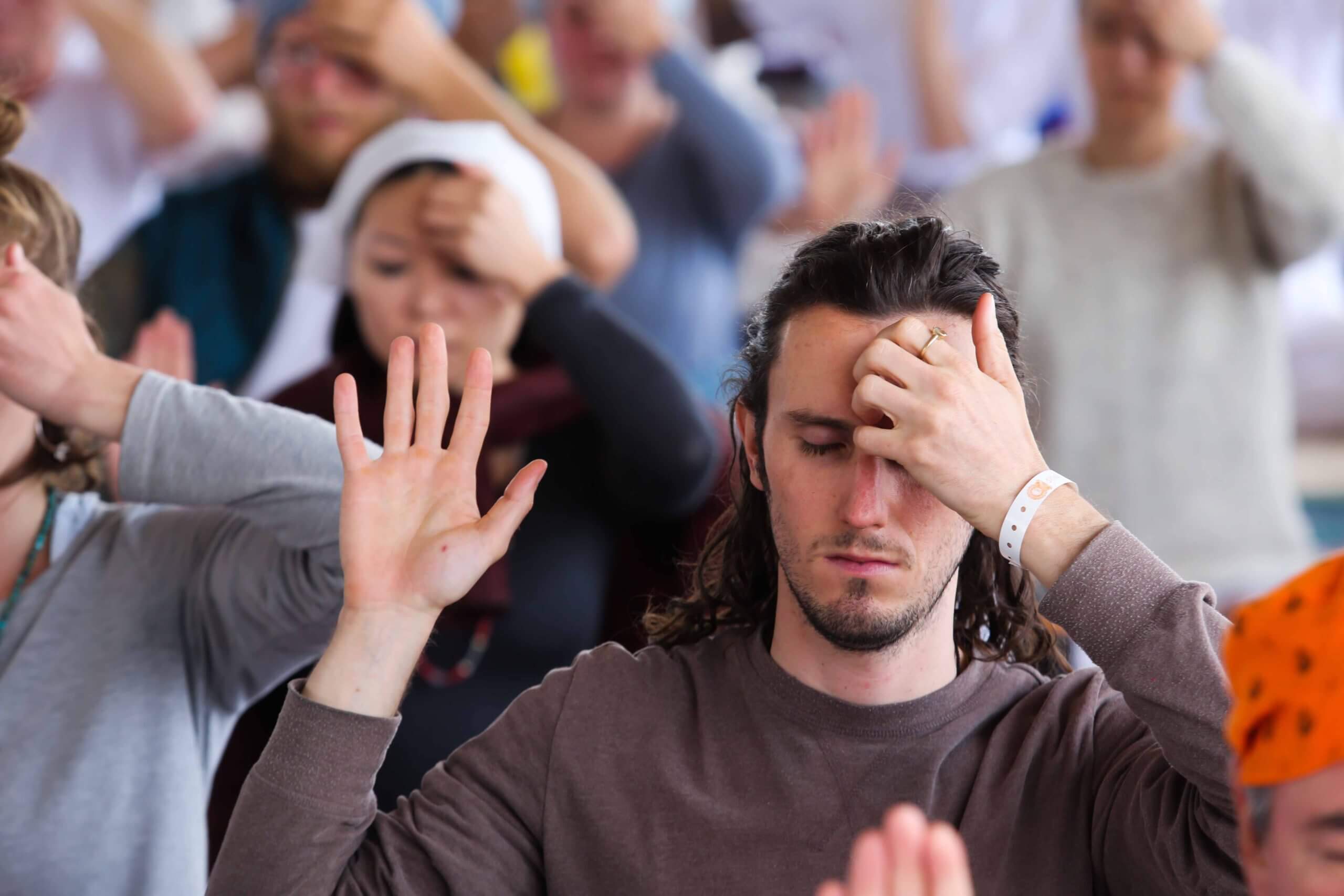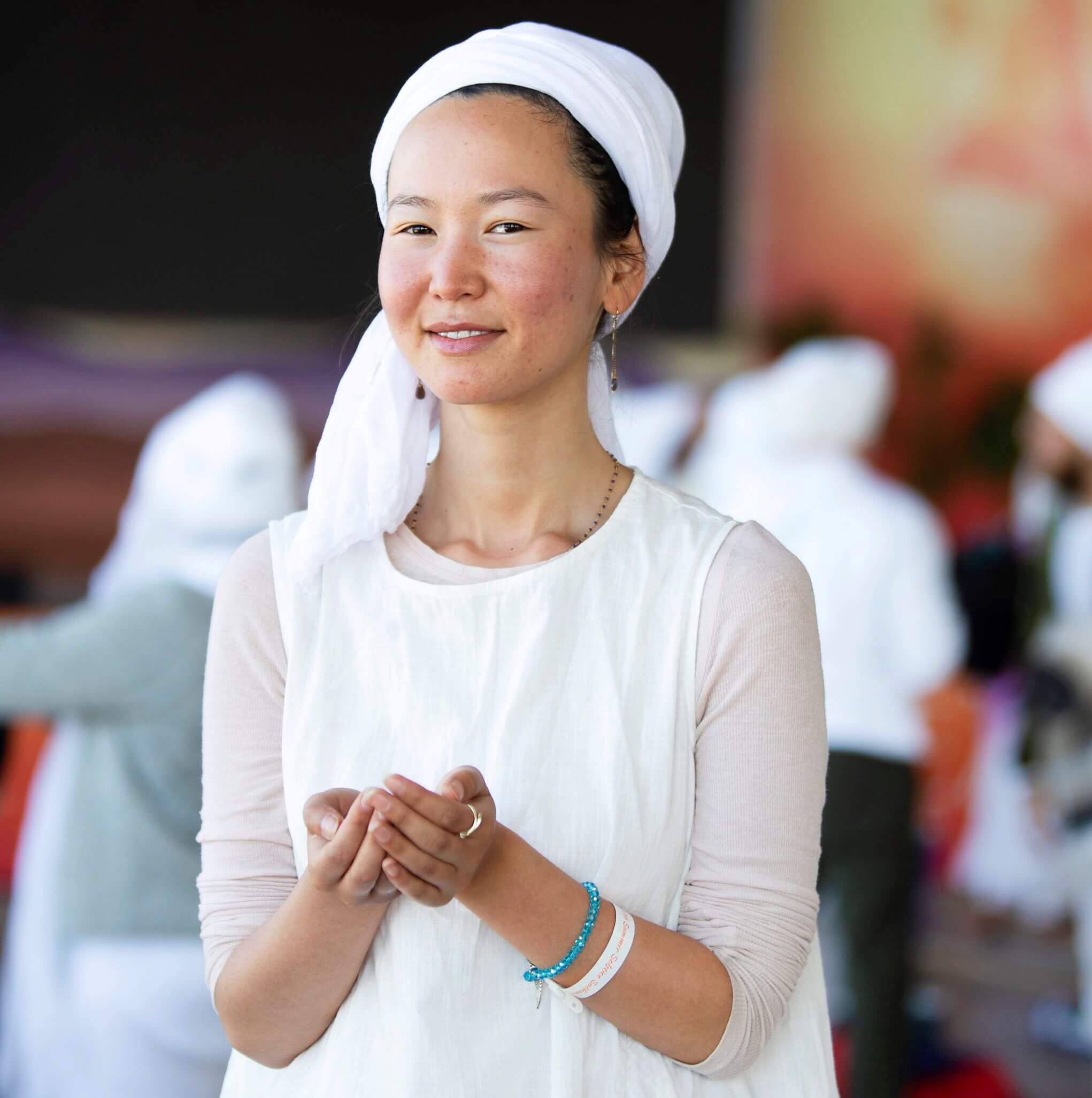The Kiss of the Divine: Guiding the Exhale
Postural Expression
I have made a life-long study of interpreting human behavior by observing human structural and movement patterns. Our patterns of movement can become accurate indications of our personality and character. We express ourselves through the thirty-trillion cells circulating throughout our bodies. As the cells dance, performing their individual responsibilities, they act together and in total, and become a personality.
Breathing is the most fundamental of all our conscious movement patterns. The quality of our breath usually reflects the quality of our posture, and that in turn supports our ability to breathe correctly. Generally speaking, our breathing habits are only as good as our postural habits.
Our posture, or our states of dynamic and static structural processes, either aid or restrict our ability to breathe correctly. These postural conditions develop from the patterned combinations of the over six hundred muscles in the body. Bodily movements create muscular tension that in turn gives shape to the skeletal structure.
The underlying determinant of how well we move depends on the degree of gravitational efficiency we have developed. The less sensitive we are to the constant power of gravity, the more our bodies armor themselves in a fight against gravity, creating overly tense and ultimately painful muscular patterns. By remaining unaware of these unconscious states of self-imposed stress, we waste a great amount of energy just trying to function in our bodies. This in turn limits our ability to become calm, contented, and comfortable human beings.
Those who have been blessed with the opportunity to practice yoga correctly can learn to reduce the unnecessary tension or ‘armor’ of the mind and body. To surrender this unnecessary tension, we must learn to relax. Relaxation is the wisdom that allows you to release unnecessary tension so you can feel the hand of the Divine guide you.
The great wisdom of relaxation is in knowing what you don’t need so that you can participate consciously with what you do need. It is an easy argument to make that old carbonized air should be exhaled because it is not needed.

Guiding Your Exhale
Our breathing skills are so underdeveloped we tend to have weak and unsupportive exhales along with weak and poorly supported postures. The exhale is the key to relaxation as well as the key to correct posture. The exhale that properly ascends the thoracic diaphragm establishes the position to receive a fully expansive and more symmetrical inhale. Generally speaking, the quality of the exhale directly influences the quality of the inhale.
Breathing correctly depends largely on the exhale—this is what you want to focus on. Guide your exhale and the inhale will move into the space you have created. Exhale completely and you will feel more fulfilled with the inhale. If you want to change how you feel, exhale how you want to feel. If you want to feel happy, exhale with a smile on your face and feel as though the exhale is supporting the smile on your face.
We must give to receive, exhale out the old breath to receive the fresh air on the inhale.
As a result of overall respiratory weakness, most people exhale themselves into a state of confinement instead of refinement. This confinement becomes obvious as people age. It is very common to lose inches of height as we move through our lives. A man might be six feet tall at forty years old, but at sixty “shrinks” to five foot ten. In addition to diminished height, a loss in lung capacity also occurs. This loss of spinal flexibility, as well as lung capacity, makes breathing more difficult which stresses us further. Thus, yogis say, “You are as old as your spine.”

The Core
As we increase the general flexibility of the body, our movement sensitivity increases because the ‘armored’ muscular tension decreases. In order to improve alignment and behavior, the navel center (core) must become intelligent in order to bring harmony and balance. How does this occur?
An old expression states, “Let the spirit move you.” This is the process of learning to obey your breath. By learning breath obedience we gain the freedom to become both spontaneous and intelligent with our movements. That is why the most basic of yogic exercises involves learning to move your spine extended and forward with the inhale and flexed and backward on the exhale. This is best demonstrated by the simple spinal flex exercise.
The Spine Flex Exercise
On the inhalation, you use the Mula bandh (see below) to dynamically root your sit bones to the floor so your chest can rise up naturally and expand with the forward flex. As the chest rises and the breath expands the ribcage, the flex takes you into Jalandhar bandh. Lead the movement from your navel, not from your head. The navel makes a strong upward connection with the heart on the inhalation.
The scapula draws lightly down and back, feeling like two hands pushing the heart upward from the back. This creates integrity to the posture that carries through the exhalation. Your head stays level, floating in a vertical alignment with your pelvis. Only the spine flexes forward and back.
Spinal flexes get the head to float on a stable heart center platform. I always ask people to lift the chest up and not to contract the neck to hold the head in place. The head and neck can stay very relaxed because ideally the head is being balanced by the heart, so you don’t have to tighten up the neck.
In order to maintain smoother movements, the body needs to become breath-equalized. Breath equalization implies that the speed of the inhale equals the speed of the exhale. The intelligent navel can orchestrate the integrative behavior of the muscular body.
A smart navel can help organize the structure of the pelvis, creating a proper foundation to support the heart center. The intelligent navel gives support to the thoracic diaphragm, our primary breathing muscle. The thoracic diaphragm supports the heart muscle, and how we support and carry the heart is the essence of correct posture.

Mula Bandh (Root Lock)
Mula Bandh develops the inner muscular and energetic control that is the root of every yoga posture. Muscular contraction of Mula Bandh builds the strength of the navel point so that it can correctly rotate and anchor the pelvis, thus protecting the lower spine from harmful compression and keeping the base of the spine in correct relationship to the rest of the spine. Energetically, it moves the energy from the base, up the spine.
- Start with locating the Navel Point, it is about 1 – 1 ½ inches below your belly button.
- Contract the navel back towards the spine, and contract the muscles of the anus and sex organ (like you were stopping the flow of pee and a bowel movement). This is a beginning way to learn and give practice to locating, isolating, and contracting the muscles of the pelvic floor.
- With practice, Mula Bandh becomes more refined so that the contractions can be applied precisely, smoothly, and with little effort.
- It is usually not a hard squeeze, just enough to hold the base of the spine and release unnecessary tension around the hips. It becomes a matter of internal control rather than of squeezing outer portions of the body.
We pull in on the navel point, which causes the lower part of the pelvis to tilt forward, tailbone releasing down. This protects the lower back from harmful compression and helps to spread stretches through the whole back. This is Root Lock, and it is applied to varying degrees in almost all asanas.
Do Not Practice Mula Bandh with the following conditions:
- High blood pressure
- Vertigo
- High inter-cranial pressure
- Amenorrhea
- Pregnant
- First day of the menstrual cycle

Holding the Heart
Here is the dilemma we face regarding the holding of the heart. How you hold your heart is very much influenced by what you hold in your heart. What we want to hold in our hearts are our core values, also known as virtues. These are known by their heart names such as the true heart, the kind heart, the warm heart, the big heart, the brave heart, the sacred heart, and the pure heart.
Using proper core muscles to hold the heart gives us the leverage to move and breathe with greater ease. If the light of these hearts becomes shadowed by the cold, dark, broken and cheating hearts, then our posture changes to reflect these feelings. Our shadowed hearts not only stop spreading the light, but stop being light, and we ultimately become heavy-hearted. A heavy heart is more difficult to carry and support throughout our lives compared to the ease and joy of a light heart. Core intelligence is needed to give support to our core values, thus we can develop the proper core strength, which is necessary to maintain a comfortable relationship with gravity.
Properly aligned posture is not created by forcing the body to become rigid in the attempt to stand straighter, but results from having the flexibility, strength, and intelligence that can allow the skeletal frame to become aligned with gravity and achieve balance.
Even our communications are dependent on our conscious exhalations. The exhale is how we communicate with our words. When we speak from the navel through our heart we can better establish a common union (communication), which is necessary if we wish to be understood. Being conscious of the breath brings us to a deeper state of listening. This deeper listening allows us to hear what others are saying and by our compassion, we can adjust our words to better reach the hearts of others.
Equalized, calm breathing moves the body toward centralization. As the energies of the body move toward the center and then up the spine, the realization begins to occur. Self-realization is the purpose of our human experience on this wonderful planet called Earth.
Your experience is important!
Share your wisdom with others like you. Leave your comment below